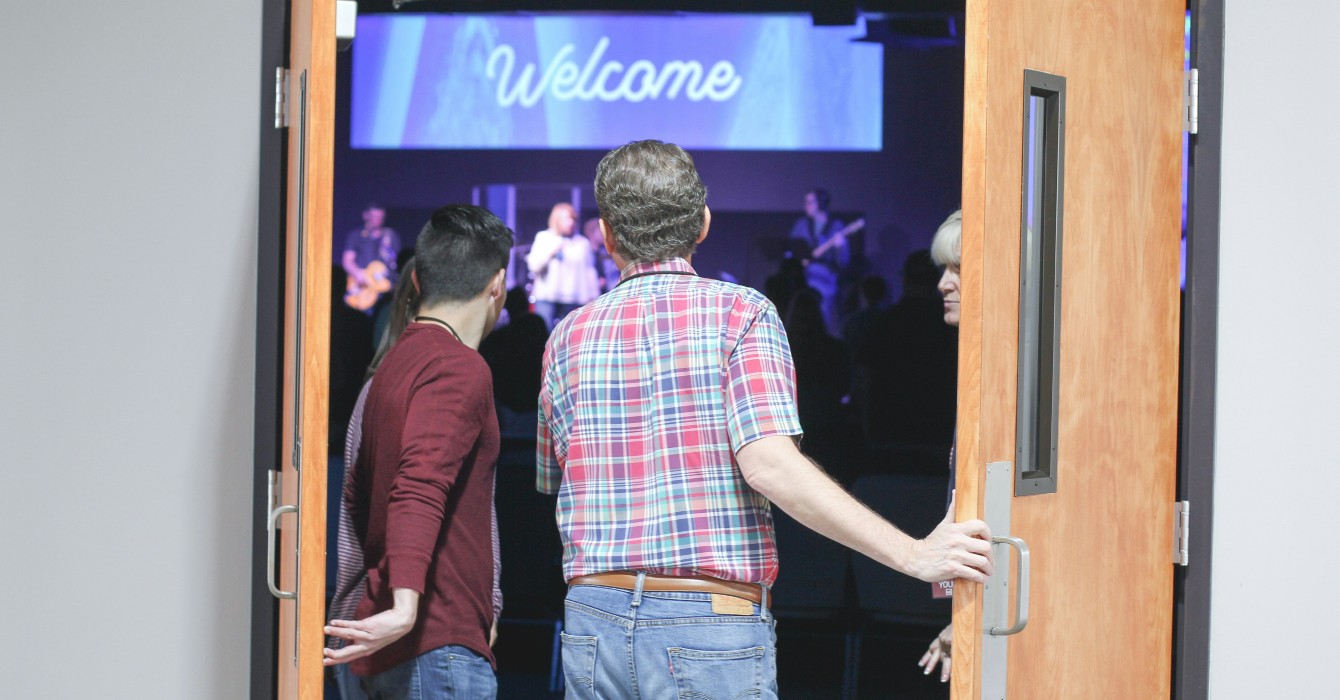What influence did Swedish pietism have on country music?
I found out last month when Bob Wills’ Texas Playboys launched into a Western Swing version of How Great Thou Art at a concert in West Plains, Missouri.
Written in 1885 by Swedish pastor Carl Boberg, it traveled a circuitous route on its way to the Missouri Ozarks. Translated directly from Swedish to English in 1925, it did not appear in its current form until the post-war era. According to a 1973 hymnal, “The text widely known as How Great Thou Art is an English translation of a Russian version based on an earlier German translation of the original.”Since its debut at a 1955 Billy Graham crusade, it has been performed by the Blackwood Brothers, Mahalia Jackson, Elvis Presley, Marie Osmond, and Carrie Underwood.
Along with Warner Sallman’s iconic paintings of Jesus, the popularity of How Great Thou Art symbolizes the surprising impact of a Scandinavian revival movement on American religion. An offshoot of Swedish Lutheranism, this movement produced both the Mission Covenant Church of Sweden (1878) and the American Evangelical Covenant Church (1885). This year the U.S. branch of the movement is celebrating its 125th anniversary.
With just 700 congregations, the Covenant is dwarfed by denominations like the Southern Baptist Convention and the United Methodist Church. Yet for a church that nobody has heard of, it has contributed a significant number of religious leaders.
These include Yale Divinity School Professor Paul Holmer, a teacher of both William Willimon and Stanley Hauerwas. Described by Hauerwas as a “ Swedish pietist disguised as a philosopher ,” he instilled a deep knowledge of Kierkegaard and Wittgenstein in his students.
Other influential Covenanters include the late World Vision executive Paul Stromberg Rees, Life Church.tv pastor Craig Groeschel, Books and Culture editor John Wilson, ABC News medical correspondent Timothy Johnson, Beliefnet blogger Scot McKnight, and Asian-American religion expert Russell Jeung.
Since the sixties, the Covenant has contributed to the social awareness of evangelical Protestants. A former president of the National Association of Evangelicals, Rees was an original signer of the 1973 Chicago Declaration of Evangelical Social Concern .
As part of its commitment to social engagement, the Covenant remains an immigrant church. According to denominational president Gary Walter, “Names like Carlson and Johnson now share the Lord's Table with Galdamez and Herrera, Cha and Yee, Jemison and Davenport.” Currently, one-fourth of the denomination’s churches are among people of color or intentionally multiethnic.
More recently, the Covenant has participated in the rise of the Emerging Church through connections with Solomon's Porch in Minnesota and Seattle’s Quest Church. The latter remains affiliated with the denomination. Meanwhile, Soong-Chan Rah and Scot McKnight have been among the most perceptive critics of Emergent theology from their offices at the Covenant's North Park Theological Seminary and University.
What accounts for the denomination's outsized influence in North American Protestantism? Part of the reason may be its embrace of a centrist evangelicalism that does not emphasize cultural warfare. In the words of the Covenant Church’s webpage, it is "evangelical, but not exclusive." Such inclusiveness has made room for Sallman's head of Christ and Jesus People USA, nineteenth-century revival songs and twenty-first century praise and worship music, women clergy and environmental stewardship.
What is the future of the Covenant? Given its complex history, it would be foolish to make any firm predictions. At the same time, an evangelical denomination that bridges cultures and theological camps is poised to remain an important player in American Christianity.
John Schmalzbauer teaches sociology of religion at Missouri State University in Springfield, Missouri.







